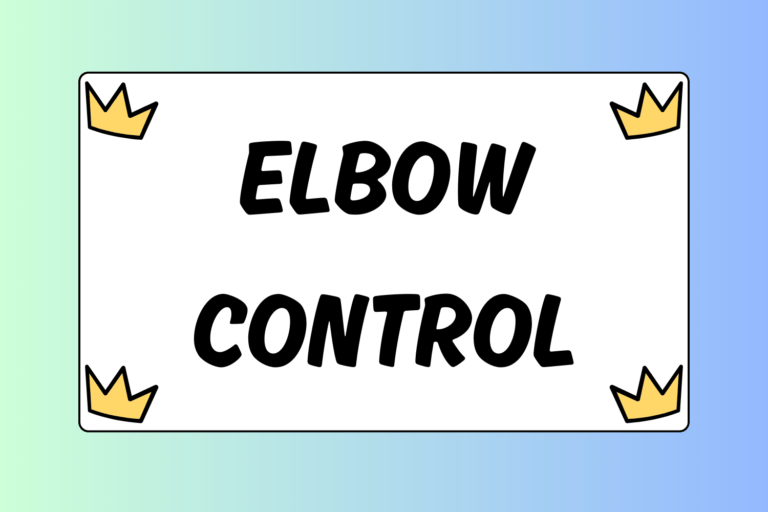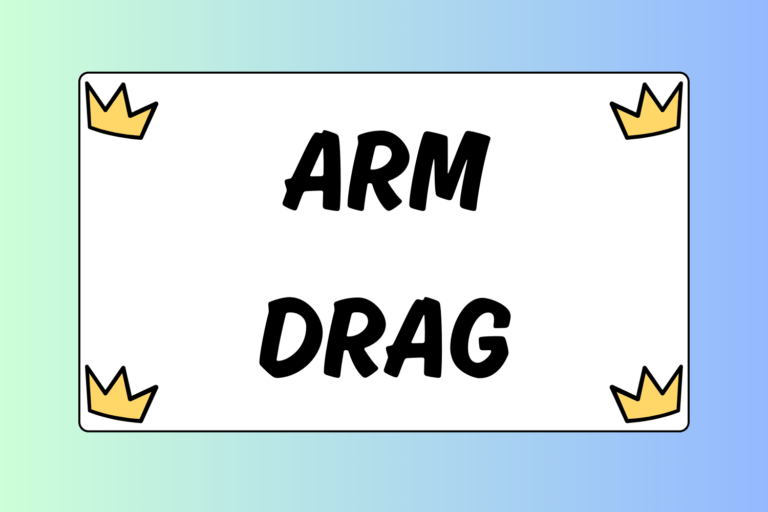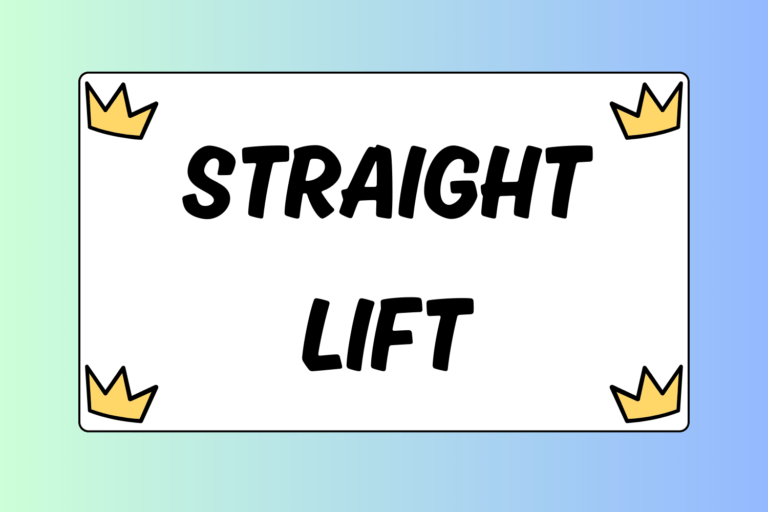Referee’s position is utilized in nearly every folkstyle wrestling match. So, every beginning wrestler should understand the basic rules when lining up in both the top and bottom positions. Establishing good habits early will make competing at higher levels much easier. Getting situated in referee’s position may be a little tricky at first, but it will soon become second nature the more you use it. This guide will teach you the rules of the top and bottom referee’s positions, and it will provide tips to help you gain the edge in both!
Lining Up on Bottom
The bottom position in referee’s position is also known as the defensive starting position. Wrestlers have the option to start in this position when given choice in the second or third periods. Choosing to start on bottom in referee’s position gives a wrestler the advantage of earning an extra point for escaping. Also, if both wrestlers move out of bounds, they are restarted in referee position and the wrestler on top is in control — so you need to know how to maneuver.
The bottom wrestler is always first to line up in referee’s position, using the guidance of the two parallel lines drawn on the mat. Once the bottom wrestler has correctly gotten into position, the top wrestler may “cover” him, and the referee will signal for the wrestlers to start.
There are four basic rules when lining up on bottom:
- Direction: Always face the referee; this will typically be in the direction of the scoring table.
- Set your knees: Place both of your knees behind the rear starting line. Both knees must be in contact with the mat.
- Set your hands: Place the palms of both hands in front of the front starting line. Both palms must be in contact with the mat. Also, your elbows cannot touch the mat in this position.
- Get ready: Once you are in the correct starting position, the referee will allow the top wrestler to cover. Be ready to escape once your opponent is set and the referee blows his whistle!
Tips for lining up on bottom:
- Keep your head up: Does the nose of an airplane point downward before take off? No. If you’re looking down, prepare for a crash landing because chances are, you’ll be stuffed face-first into the mat.
- Keep your weight back: Everyone’s body type is slightly different, thus starting positions will vary. Try to keep your weight back on your hips; your butt should sit on your heels. This will help load your hips and legs, almost like a spring, making it easier for you to “explode” into a stand-up position or transition into a different technique.
- Toes: Most wrestlers curl their toes underneath them to help generate power when standing up. You can also point your toes so the laces on the top of your shoes are touching the mat. Use whichever is more strategic and comfortable for you.
- Bend your elbows: Locking out your arms in the bottom position will give you less strength when you push off the mat, and it can also make you vulnerable to arm injuries. A slight bend in your elbows will give you extra power to push yourself up and off of the mat.
Lining Up on Top
Lining up on top is slightly more complicated than lining up in the bottom position. There is a specific procedure that must be followed exactly:
- Wait: Do not cover your opponent until the referee has granted your permission to do so. If you line up before the referee has told you to get set, you will be cautioned! Stand outside of the center circle to give the bottom wrestler some space. When the referee allows you to do so, line up on either the left or right side of your opponent.
- Set your foot and knee: Place one knee on the mat, outside of your opponent’s knee. If you line up on the left side, your left knee will be placed on the mat, and vice versa. This knee cannot touch the bottom wrestler. Your other foot (or knee) may be placed behind your opponent’s feet, but it too cannot touch him.
- Belly button: Loosely wrap your arm around your opponent with the palm of your hand on the bottom wrestler’s navel. If you line up on the left of your opponent, your right arm will be around your opponent’s waist, and vice versa.
- Head: Place your head on or above the midline of the bottom wrestler’s back. You can do this by turning your head towards your opponent and placing your ear on his back. You can also touch your chin to the midline your opponent’s back, but keep in mind that you cannot apply pressure with your chin in an effort to hurt your opponent.
- Elbow: Make a “C” shape with your far hand and cup your opponent’s near elbow. If you are lining up on the right side of your opponent’s body you will use your right hand to cup your opponent’s right elbow, and vice versa. You can use an “overhand” or “underhand” grip, meaning you can position your hand with your thumb to the inside or outside of your opponent’s arm.
- Set and go: From here the referee will say, “Set” and both wrestlers must remain motionless until the referee blows his whistle, signaling for wrestling to begin. From the top in referee’s position, be ready to break your opponent down and turn him to his back!
Optional Start
The optional start is strategically used by wrestlers for various reasons. Essentially, when using the optional start, the top wrestler is giving the option to the bottom wrestler to escape so that the top wrestler can take them down again. The top wrestler can also use an optional start so that he may attempt another maneuver on the bottom wrestler as he is trying to escape. This can be useful if you are trying to narrow a lead or build one in order to score a technical fall.
There are a few rules when using the optional start:
- Show the referee: If you do not share your intent to use the optional start before you line up, the referee will caution you. The most common way of signaling an optional start is to hold both of your hands up with your thumb and index fingers touching, forming a diamond. Once a referee sees this, he will inform the defensive wrestler of your intent of an optional start.
- Cover: When the referee has signaled for you to cover, move either behind your opponent or to either side of him. You can start standing in this position, or on one or both knees. However, you cannot start standing in front of your opponent’s shoulders or arms.
- Hand placement: With your thumbs and index fingers touching and forming the shape of a diamond, place both hands in the center of your opponent’s back right below his shoulder blades. This is the traditional optional start symbol. Remember, only your hands may be in contact with the bottom wrestler’s body.
- Go!: From here the referee will blow his whistle.
Know your strategy in this position: If you are going to let your opponent escape, push him away so he can’t attack your legs. If you’re going to try and catch your opponent with another maneuver as he stands up, be ready!
Show What You Know
You should now have a better idea about how referee’s position works from the top and bottom. Understanding these positions and how to get into each will not only limit the number of cautions you’ll get from the referee, but knowing what to do in referee’s position will help you compete with the confidence and poise rarely found in a beginning wrestler. Lastly, make sure to drill your techniques from both the top and bottom positions. Doing so will prepare you for competition even before you line up. Now, get out there and show what you know about referee position!





